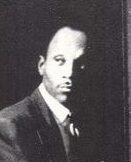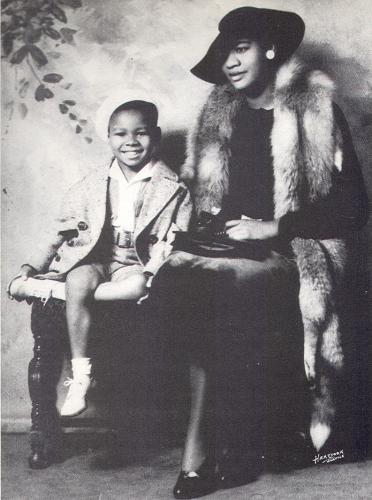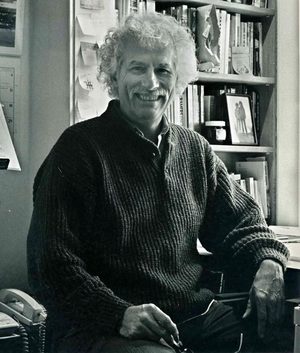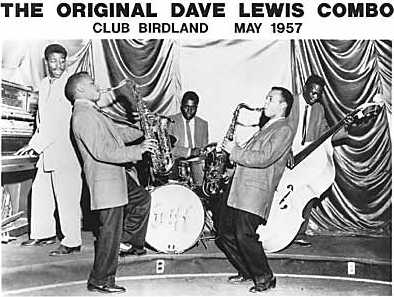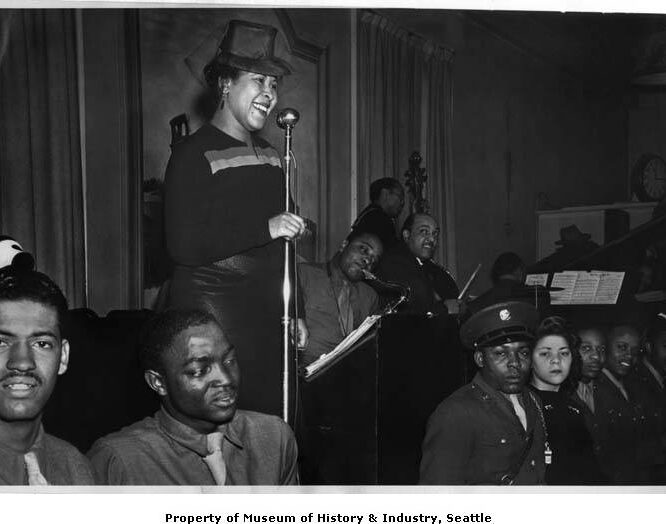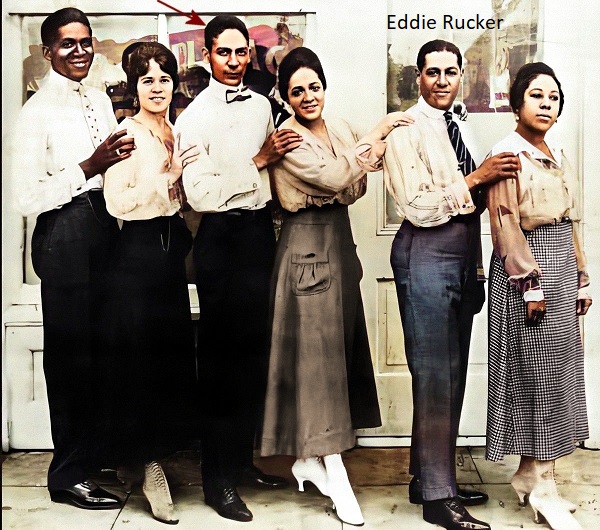Adolphus Alsbrook
Originally from Kansas City, Alsbrook was schooled in classical bass violin technique and played with Lester Young and Julian Henson in Minneapolis. Preceding Jimmy Blanton in the Duke Ellington Orchestra, Alsbrook quit the band because he disliked Ellington’s use of dissonance. Alsbrook came to Seattle around the same time as Leon Vaughn, working with him as a waiter on the Great Northern Empire Builder and as a bassist at Basin Street. Wyatt Ruther credited Alsbrook with giving him important early lessons on the bass and Ernestine Anderson, with whom he also worked, said Alsbrook shared his deep knowledge of African-American history and culture with her. Alsbrook appears to have left Seattle in the early ’50s for Los Angeles, where he recorded with Earl Bostic, Seattle band leader Bumps Blackwell and Fats Domino. In 1968, he made a guest appearance at Seattle’s Fresh Air Tavern with Thelonious Monk. … Continue readingAdolphus Alsbrook
